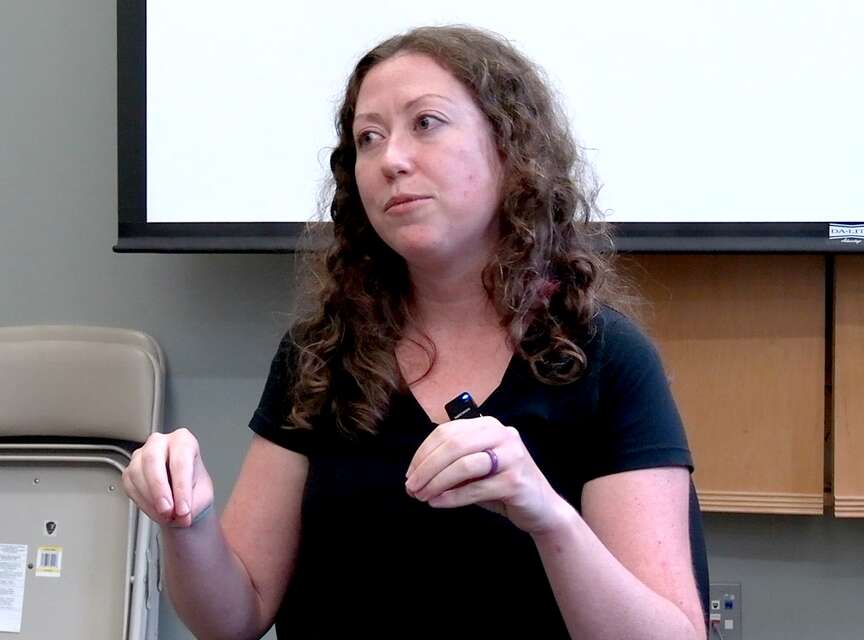The public can literally dig into Hot Springs National Park's past at the fifth annual Archeology Day.
Archeology Day, a free event open to the public, will be held on Arlington Lawn in Hot Springs National Park from 10 a.m. to 2 p.m. Saturday.
Representatives of Ouachita National Forest, the Arkansas Archeological Society, and HSNP will offer a selection of interactive, educational activities to include "everything from excavating in sandboxes, to looking at sets of objects to try to understand how we interpret things," National Park Service archeologist Victoria Reichard said.
The activities are "primarily geared toward kids, but there are things that adults will enjoy as well," Reichard said.
Video not playing? Click here https://www.youtube.com/embed/SZaCXH32QJI
Activities will include flint-knapping demonstrations that "adults are going to enjoy looking at ... a little bit more than a 5-year-old would. So ... we try to make it accessible to everyone."
Reichard discussed the significance of the archeology in Hot Springs National Park and the surrounding area, saying, "We actually have a lot more in this area than most people realize.
"One of our most significant types of resources ... are the novaculite quarries, and that's something that even today is being used, but we have evidence of those being used ... 10,000 years ago," she said.
Researchers have estimated "like 10,000 dump truck loads" have been removed from some of the quarry sites, she said, "so we have some big things going on here."
Other archeological sites in the park include "a settlement of freedmen after the Civil War," referring to a community of formerly enslaved people in the Reconstruction era.
Reichard emphasized the unique nature of Hot Springs National Park's archeological record, saying the public "should really take some pride in that."
"We're really excited for Archeology Day ... excited to start telling some of those stories, interacting with people, hanging out with the kids," she said.
In keeping with the National Park Service's commitment to public engagement, Reichard said park staff members are "really excited to hopefully start pushing some of the next generation to be archaeologists."
If anyone finds what they believe to be an archeological site or artifact in the park, "the most helpful thing somebody can do is take a picture, take a GPS point ... and then report it to the rangers," she said.
"The most important thing is to leave things where you find them," she said, since artifacts provide more information in their original context, and because "it's a federal crime" to remove them.
The Lamar Bath House Emporium houses the Hot Springs National Park archeological archives, with common artifacts such as fragments of medicine and wine bottles, according to Reichard, as well as artifacts from Native American sites.
"One of the most fun things" in the collection is the head of a halberd from Hernando DeSoto's 16th century expedition that was later brought to Hot Springs, she said.
Samuel W. Fordyce, who opened the Fordyce Bath House in 1915, "bought this off of somebody who found it up in the White River and had it in his bath house," she said.
Contrary to popular belief, "we don't have any evidence that (DeSoto) was here," Reichard said, but "the bath house owners liked that myth."

